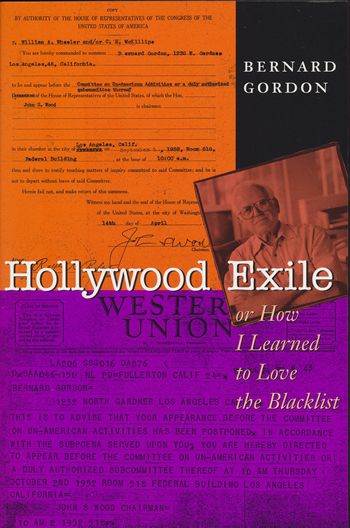On Triffids, in book, on film...
... and in my garden. Here's the cover artwork, more than somewhat battered, of the second1 SF paperback I ever bought with my own money, early in 1963...

I agree with the reviewer in the Sunday Times, quoted on the front of the 1998 edition, who described it as "One of those books that haunts you for the rest of your life". There are three different examples of published Penguin cover designs over several decades shown in "Penguin by Design" (2005) by Phil Baines. And also five pages of correspondence and sketches between Wyndham and his Penguin editor — on the 'thorny' topic of how best to illustrate these mysterious man-high perambulatory weeds for the initial edition (1954) — reproduced in "Penguin Portrait: Allen Lane and the Penguin Editors 1935 — 1970" (1995) edited by Steve Hare.
Wyndham died on 11 March 1969, aged 65. I still miss him. To honour his memory2 I always refer to just about anything out in the garden as "triffids". Not just the amazing one I captured here.
What went wrong with the film?
To my disgust, my parents banned me from seeing the (dreadful) Howard Keel horticultural horror film version, which had bizarrely managed to get itself stuck with an "X" certificate on initial release here in the UK.
My answer entails...
... a trip back to the shameful days of the Hollywood blacklist, as described by the late Bernard Gordon3 in his 1999 memoir Hollywood Exile, or How I Learned to Love the Blacklist. Gordon had first been summoned to appear in front of the ludicrous Committee on Un-American Activities of the House of Representatives of the US in September 1952. They postponed his original summons, and somehow never did get around to hauling him in for questioning. In fact, as he says, he outlived the HUAC:

Sadly, word still got around and he found himself essentially unemployable in Hollywood. The screenwriting he still managed to do after that was either done outside the USA, done outside the Hollywood system, submitted under another name, or (worse, professionally, since it denied him any chance of peer recognition) simply credited to somebody else. But a chap has to feed his family.
So, what did he have to do with the film of "The Day of the Triffids"?
The story began — at some point in the summer of 1960, as far as I can deduce — when Philip Yordan4 asked Irving Lerner to call Gordon (who was enjoying a California-style Sunday barbecue in Boulogne) and get him to fly down to Madrid to help polish some problems out of the script Yordan and Lerner already had, based on Wyndham's novel. $5,000 plus all expenses for a four-week writing gig in Franco's Spain, where the mighty dollar went one helluva lot further than the peseta. What's not to like?
Gordon read the (anonymous) draft script, and described it as "an illiterate mish-mash" that was in need of far more than just "polishing". Lerner persuaded him to read Wyndham's original novel. He found it "lengthy and admirably written, discursive, not dramatic". Putting in his four weeks, however, he turned in a filmable script. Fast forward a few months, past the filming in Pinewood of a script that had been written on the assumption that filming was going to take place in France and Spain. The completed film was screened for, and promptly rejected by, the two studios (Allied, and Rank) that had put up $400,000 each for the distribution rights. Oops.
After assessment by a Hollywood Pro, it was decided that only 57 minutes of "good film" was salvageable. It would need supplementing by another 30 minutes or so of fresh material. Yordan's solution? Get Gordon to write a new story of two new people isolated in a lighthouse (cheap to shoot, right?) and somehow interweave their story back into the 57 minutes of the original film. What's to like?
I think banning me from seeing this film was a smart move.
Gordon also managed, in his book, to clear up a little question that had been niggling at me since September 1974 and my first encounter (in the 'mansion' owned by Christa's parents) with one of their good, old-fashioned, original Teutonic toilets!
As an unreconstructed red, I was troubled by the Swiss. At that time I knew nothing about the Swiss banks grabbing and holding the money and property of German Jews... And I had heard that, despite appearances, the working class was poorly paid and lived in less elegant quarters than the Palace Hotel. I knew that they used unpasteurized milk and that their toilets, like the German toilets, were constructed so that whatever was deposited in them was protected from the flush of water so that it could be scooped up and used for night soil.